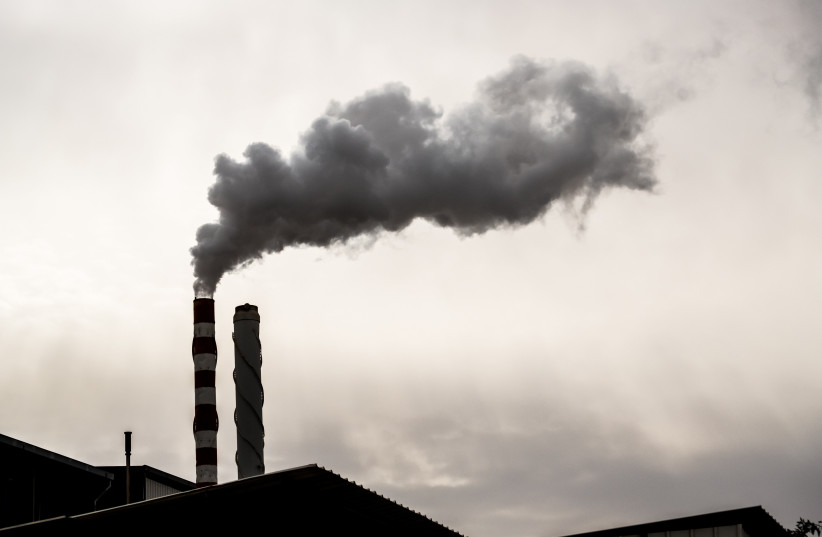World Health Organization highlights key guidelines for prevention of fatal air pollution.

The World Health Organization (WHO) released updated Global Air Quality Guidelines on Wednesday for the first time in 15 years, paving the way for a more eco-friendly world. The organization noted that exceeding the new air quality guideline levels is associated with significant risks to health, while adhering to them could save millions of lives.
The main change in the new guidelines was the lowering of the levels at which each of the air pollutants are considered harmful. Due to the extreme state of air pollution globally, this was highlighted through short-term interim targets of air pollution levels. While the immediate goals set out by the WHO were relatively within reach, the later ones are more difficult to achieve.
This is particularly impactful on low- and middle-income countries, according to the new report, because they are experiencing urbanization with the burning of fossil fuels, leading to the rapid decline of the air quality in those regions. High-income countries have actually managed to improve air quality.
The report highlighted the importance of reducing air pollution for the protection of the health of people around the globe, as well as for the protection of the environment, as emission reduction also contributes to the battle against climate change. The main pollutants targeted by the guidelines were PM2.5, PM10, ozone, nitrogen dioxide, sulfur dioxide and carbon monoxide.
The limits for each one are gradually intensified through each interim goal, which refer to both indoor and outdoor environments globally. They do not apply to occupational settings. The guidelines also noted that hundreds of millions of life years were lost for people worldwide due to the state of air pollution throughout the planet.
“In 2019, more than 90% of the global population lived in areas where concentrations exceeded the 2005 WHO air quality guideline for long term exposure to PM2.5,” the WHO noted. “Countries with strong policy-driven improvements in air quality have often seen marked reduction in air pollution, whereas declines over the past 30 years were less noticeable in regions with already good air quality.”
WHO Director-General Dr. Tedros Adhanom Ghebreyesus said, “I urge all countries to put the guidelines to use to save lives, support healthy communities and help address the climate crisis.””Every year, exposure to air pollution is estimated to cause 7 million premature deaths and result in the loss of millions more healthy years of life,” the WHO said.
“In children, this could include reduced lung growth and function, respiratory infections and aggravated asthma. In adults, ischaemic heart disease and stroke are the most common causes of premature death attributable to outdoor air pollution, and evidence is also emerging of other effects such as diabetes and neurodegenerative conditions.”
The last WHO Global Air Quality Guidelines, released in 2006, greatly impacted global policies set out to restrict air pollution. This round may have the same effect, seeing as in those 15 years, the impact of air pollution on health has only been further proven and even shown to be worse than previously believed.
